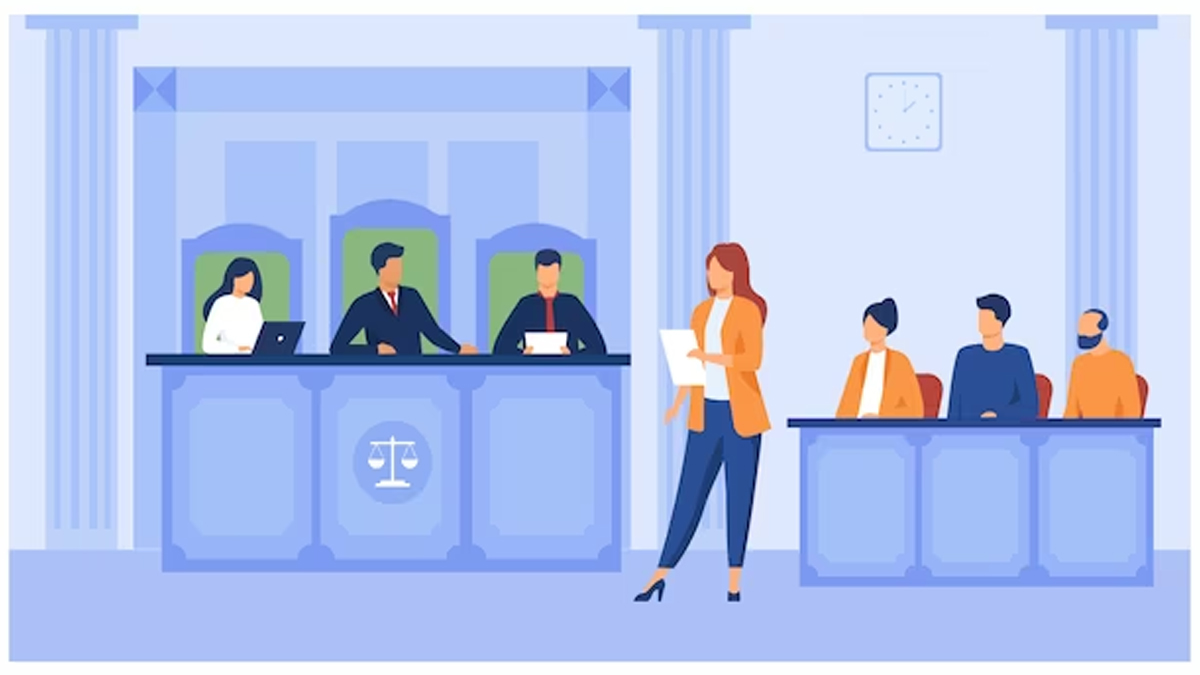The case revolves around the arrest of Arnab Goswami, a prominent Indian television news anchor and the editor-in-chief of Republic TV, on November 4, 2020. Goswami was arrested in connection with a 2018 suicide case, and his detention raised significant legal, ethical, and constitutional questions.
Background
The roots of this case trace back to a tragic incident that occurred in 2018. An interior designer named Anvay Naik and his mother Kumud Naik committed suicide in Alibaug, Maharashtra, leaving behind a suicide note that alleged financial duress and non-payment of dues by three individuals, one of whom was Arnab Goswami. In May 2018, the Raigad Police registered an FIR (First Information Report) based on the suicide note, naming Arnab Goswami and two others as accused in the case.
However, the case saw little progress until November 2020 when Arnab Goswami was suddenly arrested by the Maharashtra Police. His arrest led to a nationwide outcry, with many viewing it as an attack on press freedom and freedom of speech. It raised several key legal questions regarding the manner in which the arrest was conducted, the validity of reopening the 2018 case, and the broader issue of media freedom in India.
Key Legal Issues
- Freedom of Speech and Expression: The arrest of Arnab Goswami brought into sharp focus the delicate balance between an individual’s right to freedom of speech and expression and the responsibility of the media to report responsibly. Critics argued that his arrest was an attempt to stifle dissent and media freedom, while the government contended that it was a lawful action in response to a pending criminal case.
- Pre-trial detention: Another significant issue was the manner in which Arnab Goswami was arrested. Critics alleged that the police did not follow proper procedures, and the arrest was carried out in a high-handed manner. The case highlighted the importance of ensuring that individuals are not subjected to arbitrary or unlawful arrests.
- Rule of Law: The case also underscored the importance of the rule of law and due process. Critics accused the authorities of selectively targeting Arnab Goswami due to his outspoken and critical stance on the government. This raised questions about whether the legal process was being manipulated for political purposes.
Legal Proceedings
Arnab Goswami’s arrest and subsequent judicial proceedings in this case can be summarized as follows:
- Arrest: On November 4, 2020, Arnab Goswami was arrested by the Maharashtra Police in connection with the 2018 suicide case. His arrest was met with widespread condemnation and protests, with many arguing that it was politically motivated.
- Bail Application: After his arrest, Arnab Goswami filed a bail application before the Alibaug Sessions Court. The court initially refused bail but subsequently granted him interim bail on November 11, 2020, after considering his health concerns and the legal arguments presented.
- High Court Intervention: Arnab Goswami then approached the Bombay High Court seeking regular bail. On December 1, 2020, the Bombay High Court granted him bail, noting that the case did not prima facie establish a case of abetment to suicide against him.
- Supreme Court Intervention: The Maharashtra government challenged the Bombay High Court’s decision in the Supreme Court. The Supreme Court, in a significant judgment, upheld the principles of personal liberty and the presumption of innocence. The court observed that the Bombay High Court had not granted bail on mere sympathy but had found serious issues with the case against Arnab Goswami. On November 27, 2020, the Supreme Court granted him bail, emphasizing that personal liberty is sacrosanct.
- Media Ethics and Responsibility: Throughout the legal proceedings, questions were raised about the role of media in reporting ongoing cases and its ethical obligations. The case prompted a wider discussion on media ethics and the responsibilities of journalists.
Significance of the Case
The Arnab Goswami case holds immense significance in various domains:
- Protection of Fundamental Rights: The case underscores the judiciary’s role in safeguarding fundamental rights, particularly the right to personal liberty and freedom of speech and expression. The Supreme Court’s intervention reaffirmed the importance of these rights in a democratic society.
- Media Freedom: The case brought attention to the challenges faced by journalists in India, particularly those who are critical of the government. It ignited a broader conversation about media ethics, responsible journalism, and the need for a free press to hold power to account.
- Rule of Law: The case highlighted the need for adherence to the rule of law and due process. It raised concerns about selective targeting of individuals for political purposes and the abuse of legal mechanisms.
- Public Discourse: Arnab Goswami’s arrest and the subsequent legal battle became a subject of intense public debate, shaping public opinion on issues related to freedom of speech, media ethics, and government accountability.
- Legal Precedent: The Supreme Court’s judgment in this case serves as a legal precedent affirming the principles of personal liberty and the presumption of innocence. It reiterates the judiciary’s role in safeguarding these principles.
Conclusion
Arnab Ranjan Goswami v. Union of India is a pivotal case in the legal and media landscape of India. It raised critical questions about the intersection of free speech, media ethics, and the rule of law. The case’s resolution, with Arnab Goswami ultimately being granted bail by the Supreme Court, reaffirmed the judiciary’s commitment to upholding fundamental rights and the rule of law. It also emphasized the essential role of a free and responsible press in a democratic society.
This case serves as a reminder of the ongoing challenges and debates surrounding media freedom and the rights of individuals in India’s democracy. It underscores the need for a nuanced approach to balancing these rights and responsibilities, ensuring that the principles of justice, liberty, and democracy are upheld in the face of evolving societal and technological changes.
